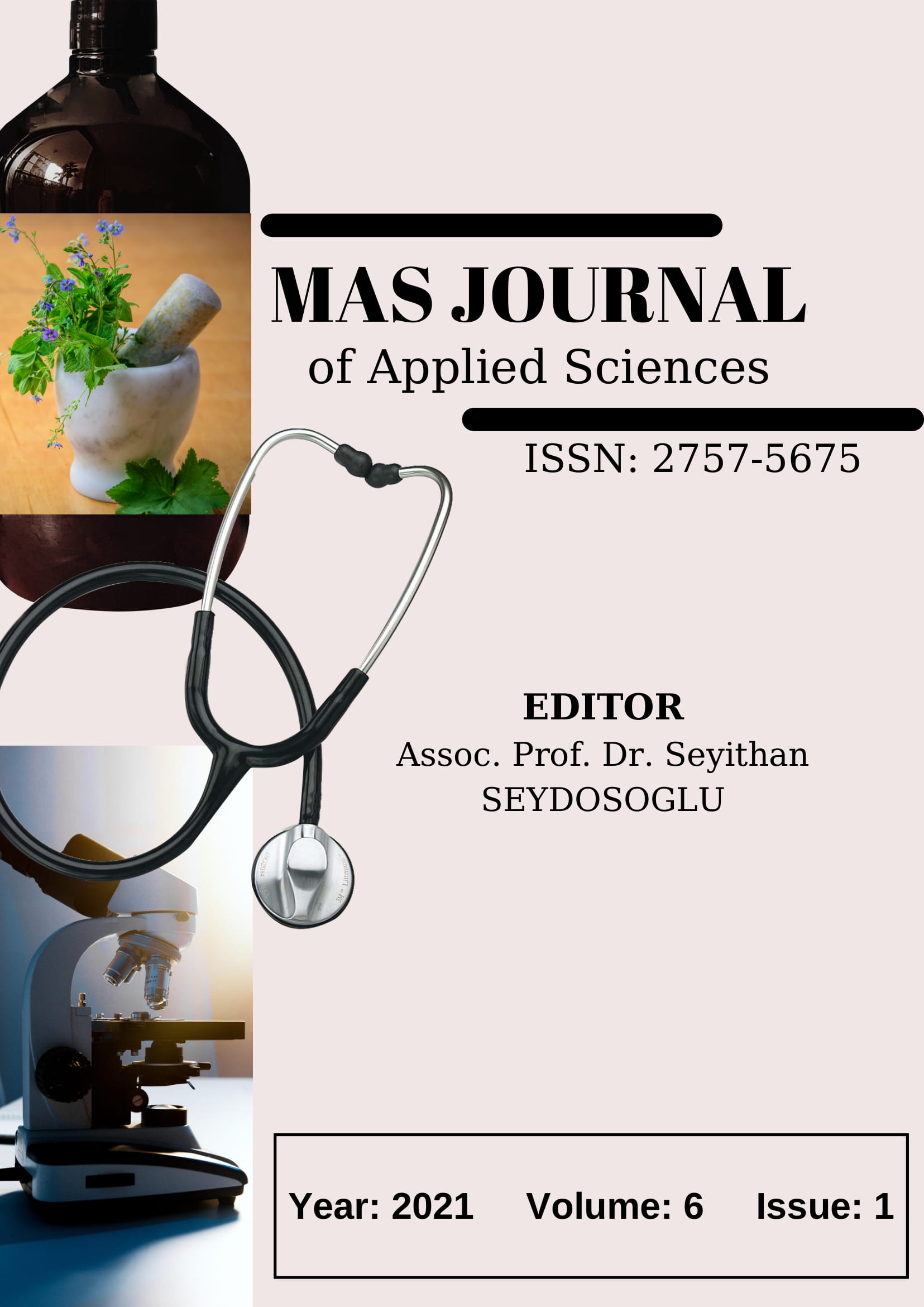Determination of Yield and Quality Characteristics of Feed Turnip (Brassica rapa L.) In Different Sowing Times and Different Row Intervals
DOI:
https://doi.org/10.52520/masjaps.19Keywords:
Forage turnip, green and dry grass, yields, adf and ndf ratio, crude protein ratioAbstract
The research was established in the winter season of Harran University Faculty of Agriculture Eyyübiye campus application area. In the study; Coincidence blocks were carried out with 3 repetitions according to the trial pattern. In the trial; the main parcels were created in 4 different sowing times, 30 October, 15 November, 30 November, 15 December, and the sub-parcels were 15 cm, 30 cm, 45 cm with 3 different sowing frequencies. Study; The highest values obtained for the natural plant height of the tetraploid Polybra (cgn07172) cultivar of forage turnip were 307 cm in plant frequency 217.07 cm on October 30, 6.13 per plant in 15 cm 45 cm in plant number for branch number, 45 cm on 15 December for leaf number. 20.10 plants / plant in plant density, 9604.33 kg / da at 15 cm plant density on 30 October for green herb, 1590 plant density at 30 cm on 30 October for dry herb yield, 19.83% at 30 cm plant frequency for crude protein ratio The lowest rate for the adf rate was 30.07% on 30 October 30 cm plant frequency and the lowest value for ndf rate was 30.85% on 30 October 15 cm plant frequency. According to these results, when the yield values of Şanlıurfa province in climate and soil conditions are evaluated as a whole, 15 cm plant frequency of 15 November planting date can be suggested for the turnip.
Downloads
Published
How to Cite
Issue
Section
License
Copyright (c) 2021 The copyright of the published article belongs to its author.

This work is licensed under a Creative Commons Attribution-NonCommercial 4.0 International License.


